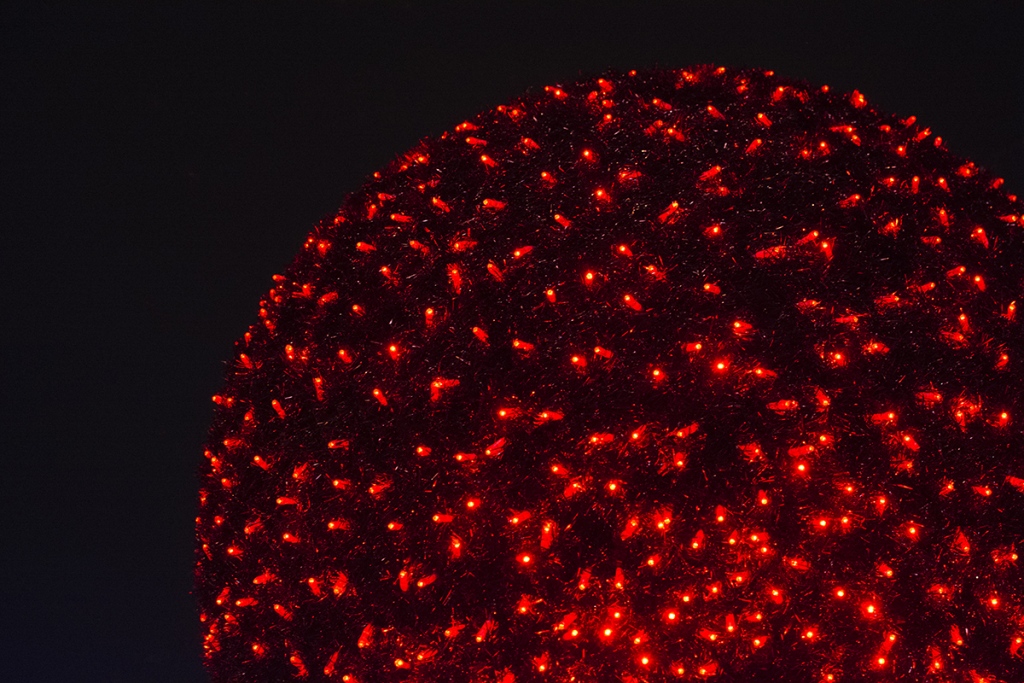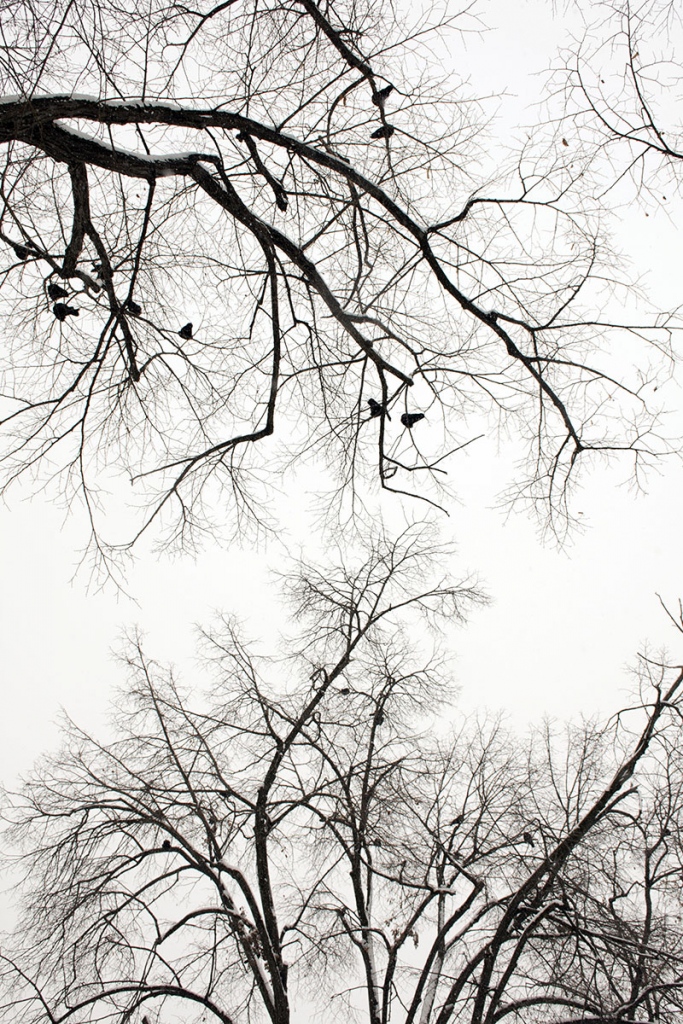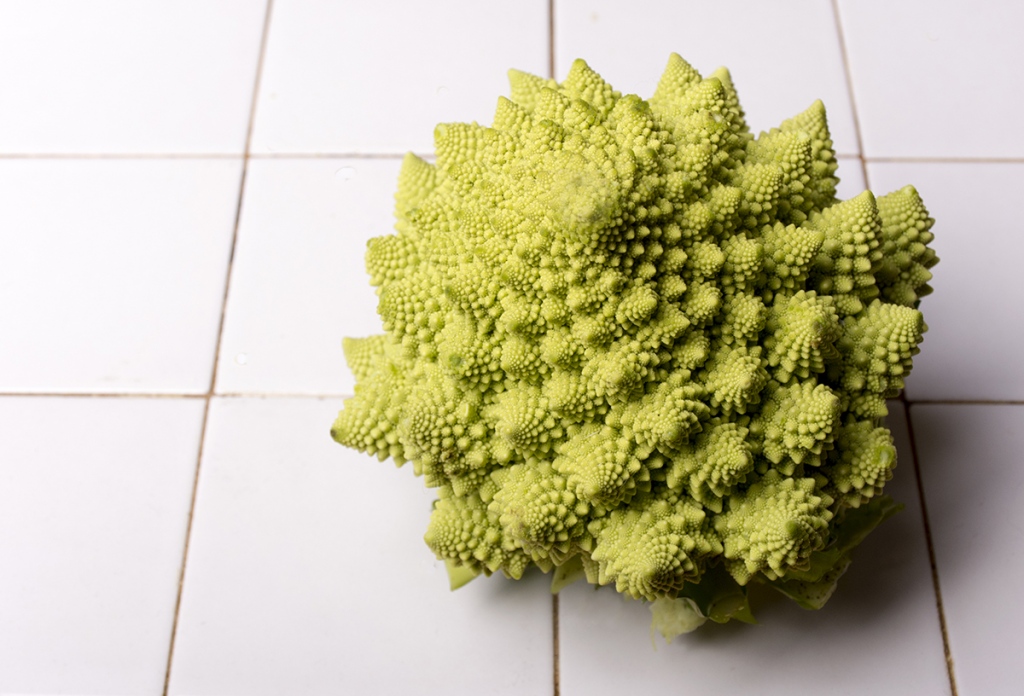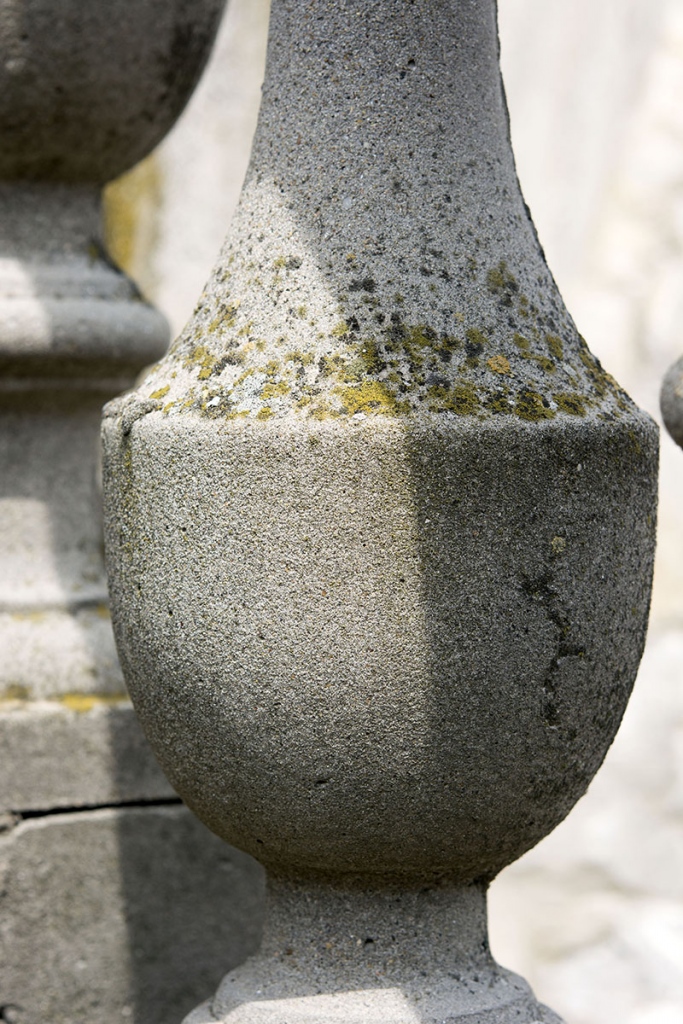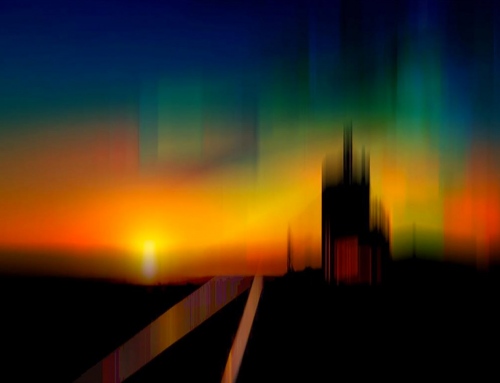Look around you and all you are going to see are shapes. There are very few things in this world that don’t have a shape. In art and in photography, shape definition is one of the six classic design elements, such as line, form, texture, color and space. As a photographer, you have to know how to control your shapes and forms in a composition. Use them properly, and you will be able to bring a sense of three-dimensionality to your work.
Play with the cropping of your photo
Shapes exist in nature and are generally separated by lines. These are the high contrast areas that close in a specific shape and emphasize it. Differing light and color areas, as well as contrast, define different shapes. You could say that all photography is shape photography. Almost every photograph contains one or more shapes, but truly great photographers use them in their unique way.
Everyone can recognize the shape of a bird, even though it’s only a silhouette
Shape and form photography
Shape and form photography can be geometrical or abstract. Abstract shapes communicate with the viewer on various levels. A simple silhouette, like a bird flying over the sky, can be identified as just that – because it’s a shape everyone is familiar with. You can create abstract shapes by using elements of photography such as blur, distance, shadow or scale. Try to hit the viewer on a more subconscious level and don’t let them recognize the shape immediately. A little bit of mystery can often create a greater visual impact.
Highlight your shape photography with these techniques
There are a number of techniques you can use in shape definition that will make your photographs really stand out. The first step is cropping. Decide which information you are willing to present to the viewer. You can either crop the entire composition or obstruct the subject with another element. The ratio between what you decide to reveal and what you decide to hide will ultimately determine the level of intrigue in a photo. This technique is closely connected to the law of closure.
Bring emphasis on a subject by playing around with elements of photography such as lighting and focus. Focus on a subject and bring importance to it, or blur it out and create a level of abstraction. The level of blur you use is up to you. In addition, intelligent use of depth of field can often bring visually stunning results. Combine this technique with some creative lighting and bring it up a notch. Exaggerate the form by using a strong sidelight.
Determine where your positive and negative space is
Positive and negative shapes
If you are new to shape definition, you have probably been focusing primarily on positive shapes. Positive shapes are created by physical objects, while the ‘empty’ space between them creates negative shapes. You can read up on positive and negative space in detail right here (link). Learn how to read your photographs in a two-dimensional way and it will help you understand the 3-D world much better.
Generally speaking, shapes convey a lot of visual information to the viewer. Symmetrical shapes like circles and squares create a sense of stability and ease. Irregular shapes like triangles and ovals are more dynamic, hence they give the illusion of motion. Whether it’s one or a group of objects, together they should make a harmonic form. Choose to group similar shapes to avoid creating chaos in an image.
Find abstract shapes in conventional objects
Before you take this practice into the field, try studying your work first. Define the positive and negative shapes, examine your lighting and focus and choose your favorite photos. Ask yourself, what is it that makes them good? When you learn to apply a critical eye to your existing work, naturally, your current work will improve.
